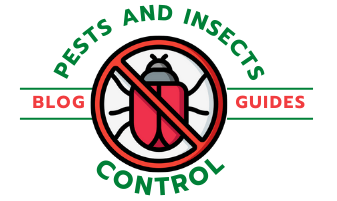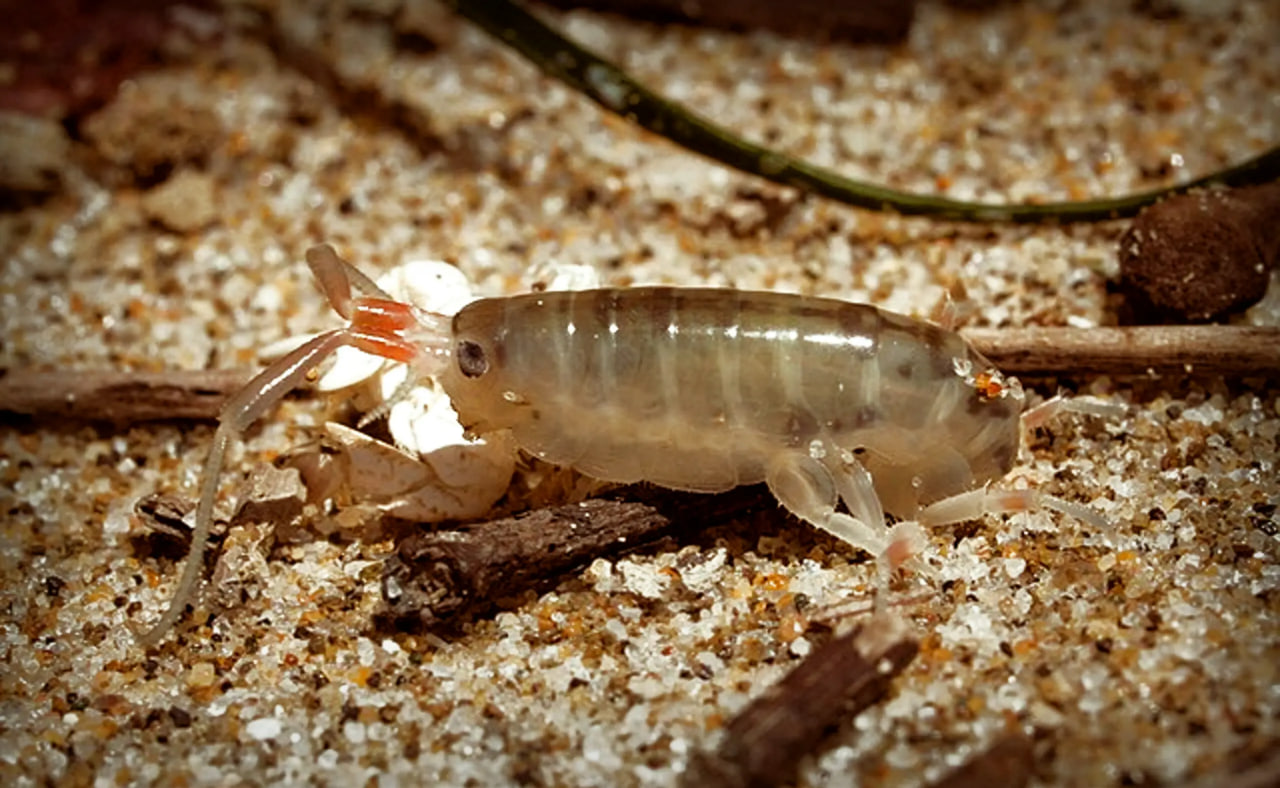There are few things better than spending a day in the sand and surf, but sand fleas can quickly ruin the experience. Sand flea bites can be itchy, irritating, and even painful! While sand fleas are common visitors near waterside areas, there are several ways to prevent sand flea bites and keep them from ruining your day. Can sand fleas travel home with you?
Avoid standing still in sand areas where they congregate, wear long pants and closed-toed shoes on your beach outings, shower after being at the beach to get rid of sand that could be hiding sand fleas, and check sand items you bring home (towels, bags etc) for sand flea eggs that might have been transported back with you.
With a little preparation and extra awareness of your surroundings near the waterside areas, you can prevent these pesky bug bites so you can enjoy your time spent at the coast without disruption.
As you enjoy the relaxation of a beach day, the next natural question that may come to mind is whether sand fleas can travel home with you. Sand fleas can, indeed, travel with ease between different beaches, so it is possible for them to make the journey with you! Sand fleas are small mobile crustaceans who feast on decaying plant material in the sand among other matter.
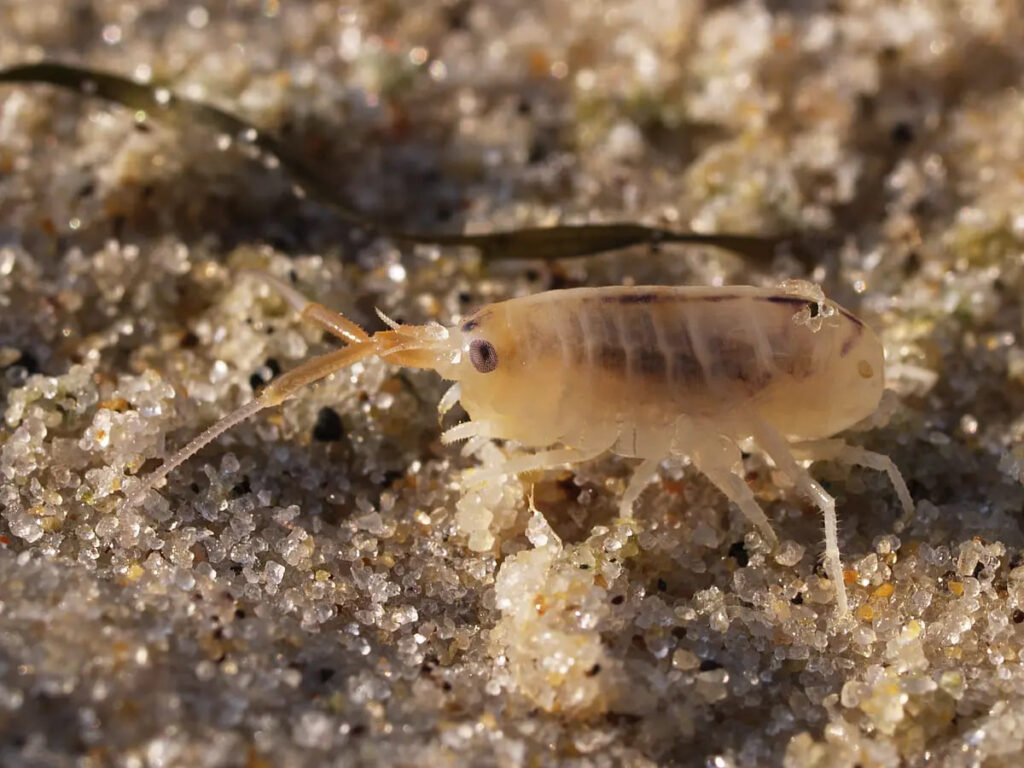
While they rarely bother humans, large populations can be found at beach locations around the world. To minimize the likelihood of bringing sand fleas back with you from your day at the beach, shake out towels, clothing and other items before packing them up and leaving.
Can sand fleas travel home with you
While sand flea infestations are rare in the United States, they can be a serious problem if beachgoers or travelers come into contact with these invasive insects. Sand fleas, correctly referred to as jigger fleas or Tunga penetrans, are parasitic insects which cause a painful condition called tungiasis.
While sand fleas can be nearly impossible to detect until it’s too late, there are ways to prevent sand flea bite outbreaks. Frequent bug spray application and being mindful of any red spots or rash-like symptoms after spending time outdoors is key in staying safe from these pesky beach fleas.
A sand flea infestation can cause extreme discomfort for those affected. As these beach fleas inhabit the skin of the individual and feed on blood, victims of tungiasis experience intense itching as well as infections that can make walking around difficult. Unfortunately, one sand flea isn’t too difficult to deal with, yet hundreds of sand fleas present on someone’s body at once is a much trickier situation.
This difficulty is further aggravated when people attempt to cut out the parasites themselves – which brings a whole different set of problems if tools aren’t properly sterilized first.
To prevent sand fleas from causing mayhem, it’s important to seek medical help if you suspect a bite or an infestation as surgically removing the source can be incredibly effective; however, in spite of this advice, affected individuals may experience these unwanted visitors being inadvertently transported elsewhere – not in the ways they had intended!
While a sand flea invasion may sound like the stuff of nightmares, there are plenty of beach-dwellers who don’t require such drastic measures to keep away. From crabs and jellyfish to seagulls and porpoises – let’s explore these creatures from beneath the waves, learn if they bring infestations along with them, and how we can peacefully coexist by their shores!
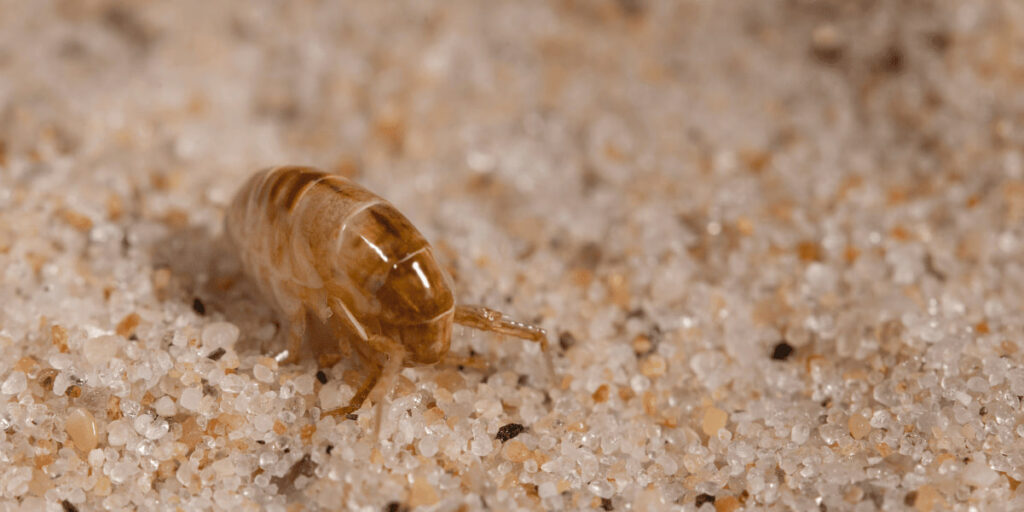
What Are Sand Fleas, Exactly?
Though sand fleas is typically used as a general term to refer to any insect that causes a bite-like sensation, true sand fleas are actually small crustaceans living in wet areas close to shore. The sand hopper pictured above is one example.
Other names for these animals include beach hoppers, beach fleas and sand hoppers. Sand fleas tend to prefer sandy or marshy areas during hot weather, when the climate is ideal for them. Be aware of sand fleas when enjoying time near the beach or other wet coastal habitats!
These small but mighty creatures, no bigger than fleas that irritate our four-legged friends, have an incredible ability to leap through the air. By day they lie hidden in sandy burrows and at night venture out for a feast of delicious organic snacks!
Soaring in the skies around coastal regions, sand flies may appear to be a nuisance but these winged insects are actually capable of spreading serious diseases. Leishmaniasis is one such illness that can range from skin sores and disfigurement up to deadly consequences if left untreated – particularly pronounced in areas like tropical or subtropical zones and parts of Europe.
A sunny beach trip can quickly turn sour if you come across any of the pesky insects that lurk near shorelines. Biting flies, midges and fleas are some familiar culprits, but black flies – also known as “turkey gnats” or “buffalo gnats” due to their affinity for wildlife & livestock – pose an even greater threat with potential symptoms ranging from nausea and fever to swollen lymph nodes & golf-ball size welts! In certain parts of Africa and South/Central America, they may even spread river blindness should one gets bitten by this dreaded bug.
The summer months in the Northeast and upper Midwest can be a nuisance due to six species of biting black flies that feed on humans. Not only do they make hiking, kayaking, fishing – or really any outdoor activity – miserable but these pesky pests have been known to creep into ears too! So if you’re planning a trip outdoors during this time, bring your bug repellent along with everything else.
Biting midges, or “no see-ums”, are a pesky nuisance along the Gulf Coast. Though small in size, their impacts on livestock can be significant due to their ability to spread Blue Tongue virus. For humans however, these bugs may leave behind an itchy red welt for those who have an allergic reaction – making them distinctly unwelcome visitors!
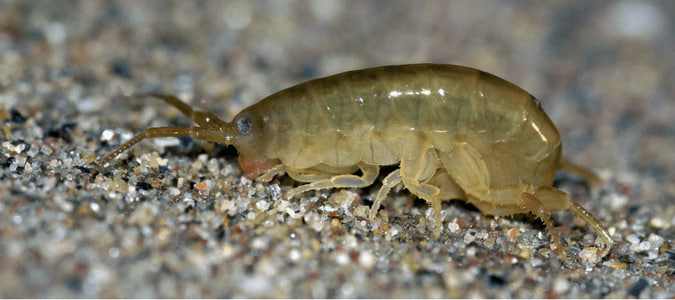
Can You Get A Sand Flea Infestation? How To Get Rid Of Fleas
Whether it’s a beach-dwelling crustacean or something resembling the more common flea, no one wants these pesky critters making themselves at home. To help take back your house from unwelcomed guests, we have some simple solutions for you to consider! From vacuuming and laundering to pest control products – following our steps will give those visitors their marching orders good and proper.
THOROUGHLY CLEAN YOUR HOME
Keeping fleas under control is a necessary task for homeowners. Whether you’re dealing with bed bugs, animals sand fleas or cat fleas, it’s important to do a deep clean of your house in order to avoid itchy bites and other issues associated with these pests.
For example, sand fleas are native to south america regions, yet can make their way into the bedding, carpets and even furniture of your home if you’re not careful.
Therefore, new homeowners should deep clean before moving any furniture or pets into their houses. Furthermore, whenever you take your pet to an area where there may be fleas – whether that be a beach, dog park or wooded area – be aware that they may spread those fleas to your home.
STEAM CLEAN YOUR FLOORS
Fleas are masters of disguise, making it difficult to identify their hiding spots. They may be lurking under your carpets, in the cracks between floorboards or elsewhere – only a local steam cleaner can reach these secret hideaways and eliminate them with heat at up-to 1030 degrees Fahrenheit that kills both adults and baby fleas!
TAKE PRECAUTIONS TO PROTECT YOUR YARD
If you have an outdoor pet, your home may be at risk for fleas. Luckily there are a variety of ways to ward them off! Chemical products and more natural methods like garlic powder or cedar chips can help keep these pesky bugs out of your house. Keeping both the inside and outside areas clean will ensure that these unwelcome visitors stay away.
- Diatomaceous Earth
- Beneficial Nematodes
- Insecticides
Get rid of fleas in your home with a variety of safe and effective methods! From sprays to traps, each option has different levels of risk for kids and pets. Find the solution that works best for you and get those pesky critters out now!
How To Get Rid Of Sand Fleas
Planning a trip to the beach but don’t want pesky pests ruining your fun? Don’t worry – there are plenty of ways you can protect yourself from sand fleas. The best defense is creating a barrier between them and you by wearing pants, socks and closed-toe shoes; this way these irritating creatures won’t be able to take bites out of your day at the coast!
Looking for the perfect day of beach bliss? Before you hit the shore, consider applying a repellent containing DEET to ward off those pesky pests. Not only will it protect your skin from irritating mosquito bites, but also fleas, ticks and other bugs that may have otherwise ruined your sun-filled outing!
Beat the bugs and hit the beach! The sun may be shining, but if it’s recently rained or cooler out, biting insects can come out to play. To stay clear of these pests while enjoying some rays at their favorite spot by the sea, savvy seashore-goers recommend bringing a chair – making yourself harder to find for those pesky critters so you have an uninterrupted day in paradise!
At the beach, pesky bug bites can derail a perfect day.
To provide relief from itchiness and swelling caused by insect stings, there are many easy solutions! Calamine lotion or sprays formulated for this purpose can be applied right away; if more severe pain is experienced ibuprofen may help reduce it while an oatmeal bath and aloe vera cream soothes irritation in more extreme cases. Above all else – resist scratching to avoid infection!
Trust ABC to Handle Your Pest Problems
Don’t let pesky sand fleas ruin your summer fun! ABC Home & Commercial Services are the knowledgeable experts in getting rid of any uninvited bugs, including those relentless sands fleas. Put a stop to their little bite-fest and call today for an effective plan to finally get them out of your space!
Beachgoers should be aware of adult sand fleas that can travel home with them from their vacation. Sand fleas are surprisingly resilient biting pests that will happily establish themselves in a person’s sand flea home.
It is not just the adult fleas you need to worry about, but also the parasitic larvae which can invade your skin and cause itching.
The adult cat flea is similar to sand fleas, but bigger – so beware! Both adult fleas and larvae can find places to hide in clothes, shoes and beach bags, so it is important to be careful packing before heading home after your seaside holiday.
Can fleas travel home with you?
Fleas lack wings, but flat feet have strong legs and flat feet, and are capable of jumping for extended periods of time. During travel they jump between humans and animals. Your house may have flea infestations after your pet has carries them into the property.
Can humans carry sand fleas?
Young people, elderly and those in their early 20’s have high sensitivity to sand fleas. The fleas thrive in dry months like July and August. Any traveler who visits this region can be sent home with chigo fleas.
How long can sand fleas live in your house?
Adults of sand fleas can survive several months without eating and usually survive in the family until their hosts bite them. These problems may make homeowners frustrated when they try and take them down. They are also able to harm carpeting.
Can sand fleas infest your home?
Sand fleas have no harmful effects on animals in the home nor infect animals in any way. Chiguo is a parasite commonly thought to be a sand flea that causes severe damage to peoples foot and ankle joints.
Read more: How to keep spiders away from patio: Ways
